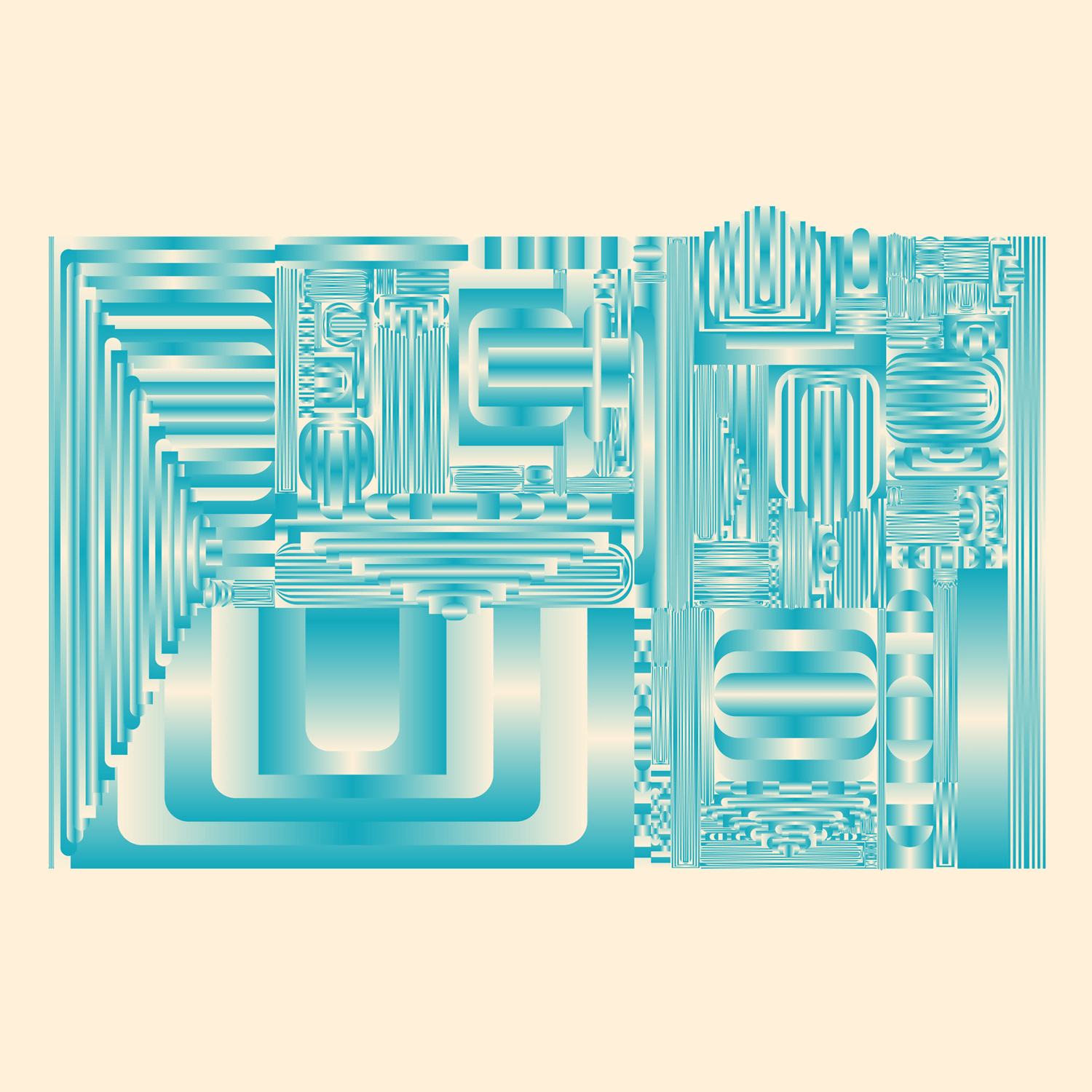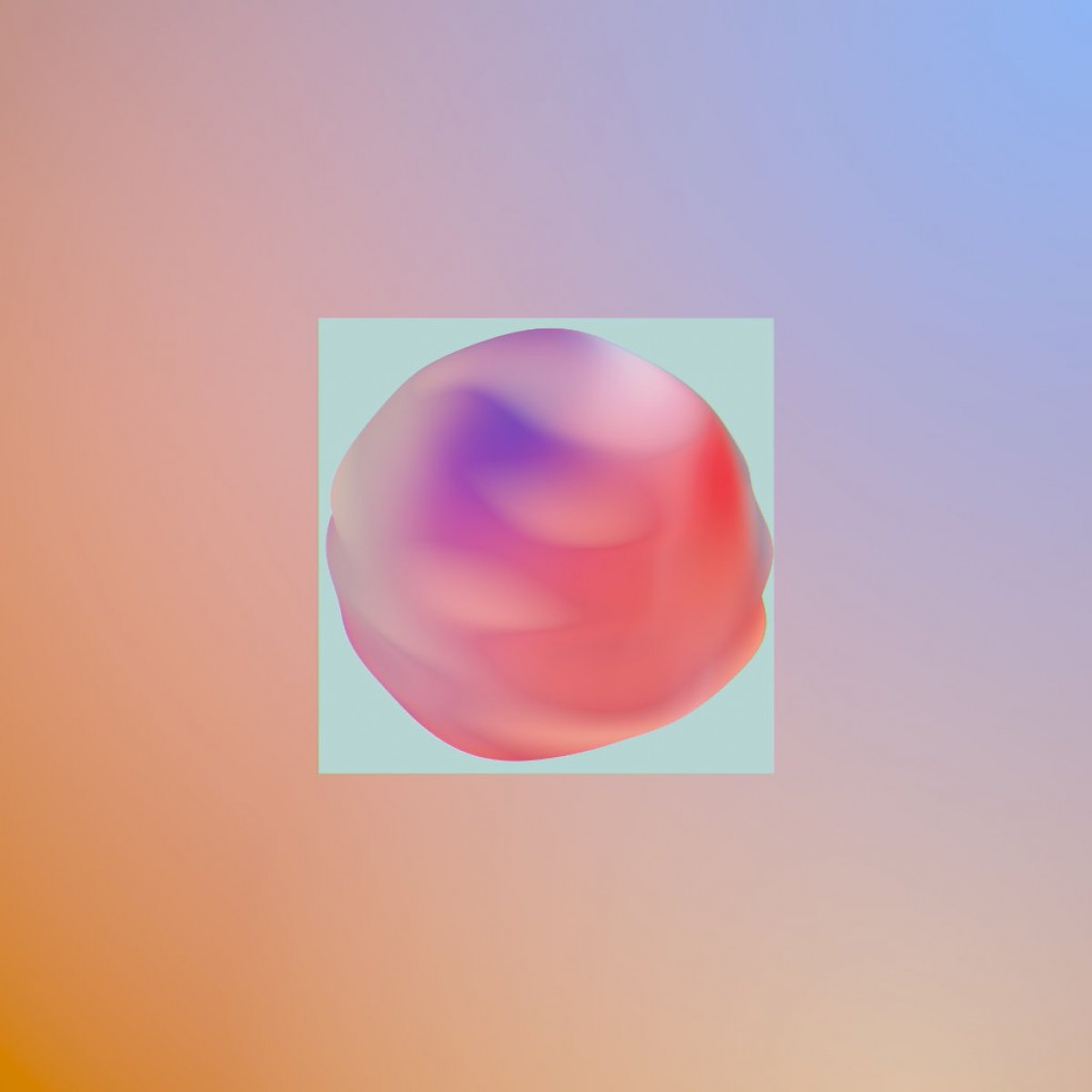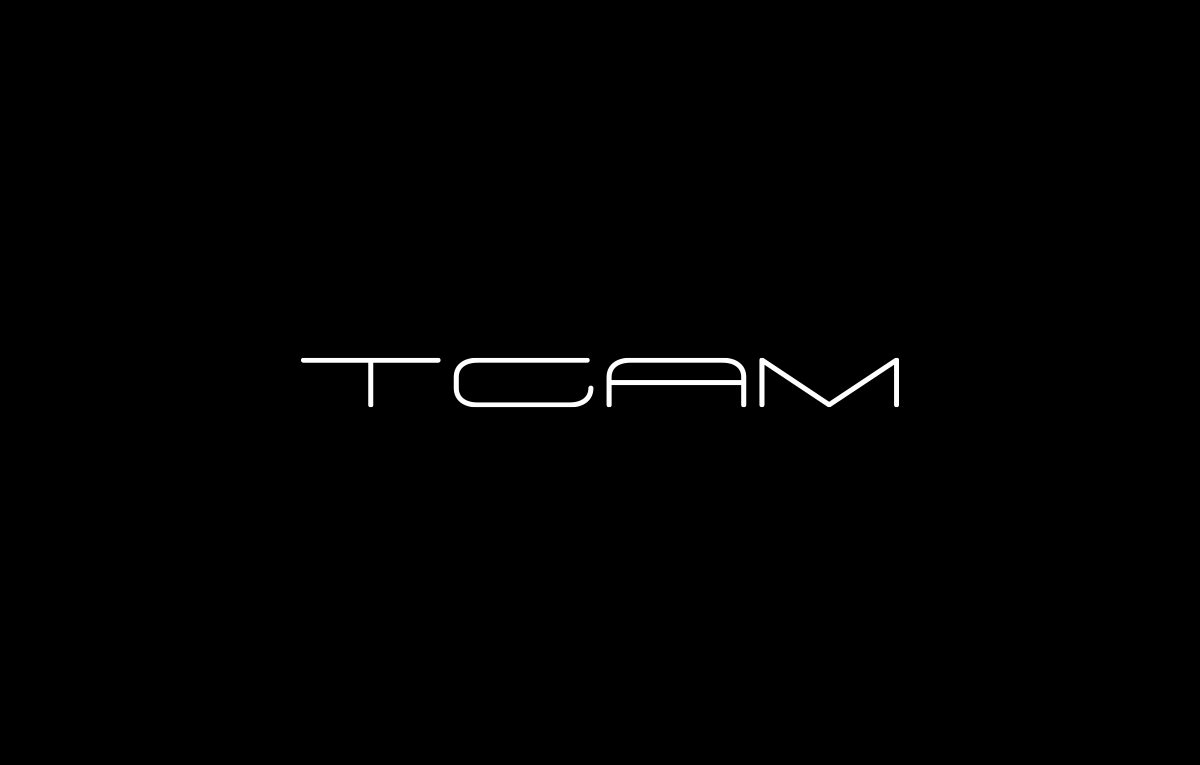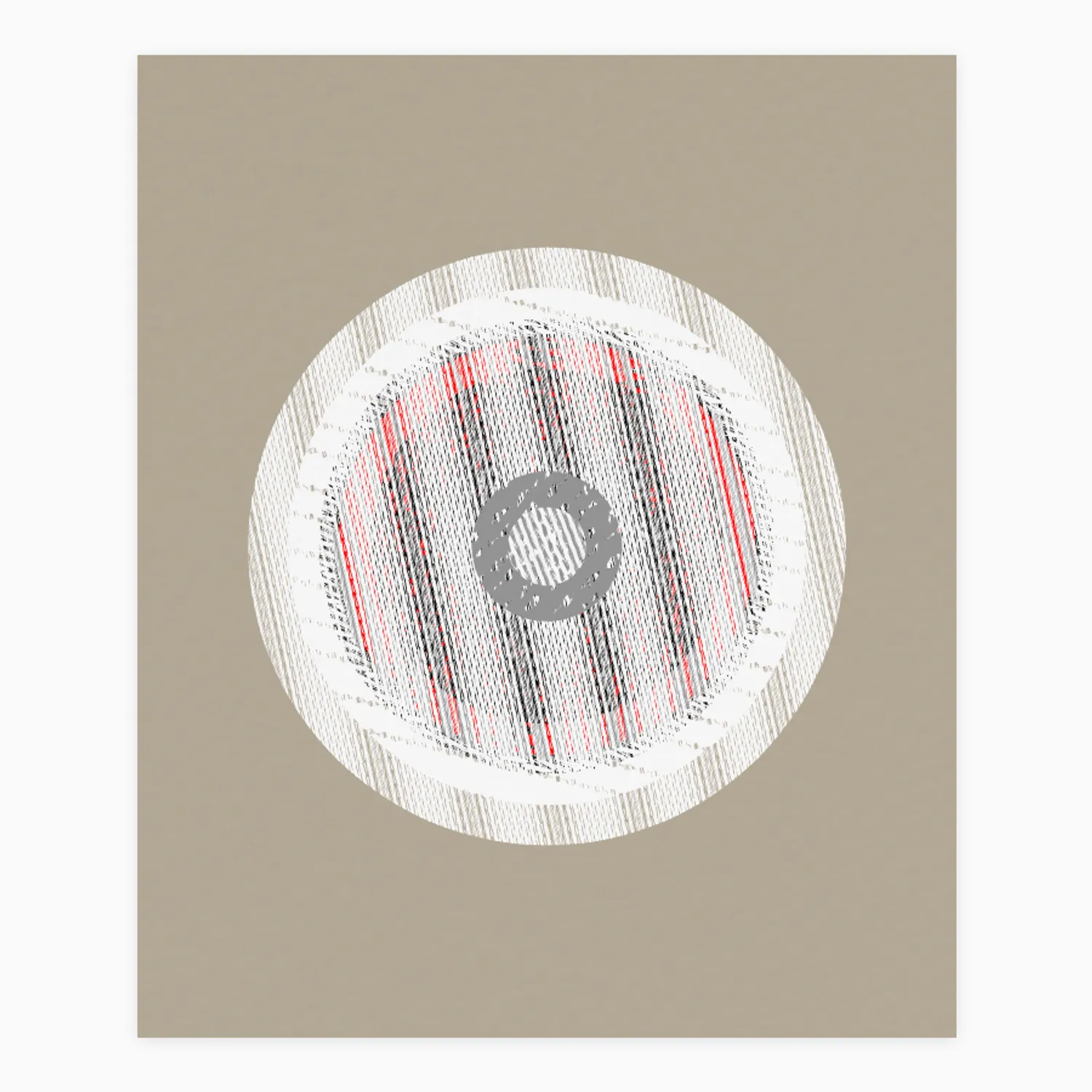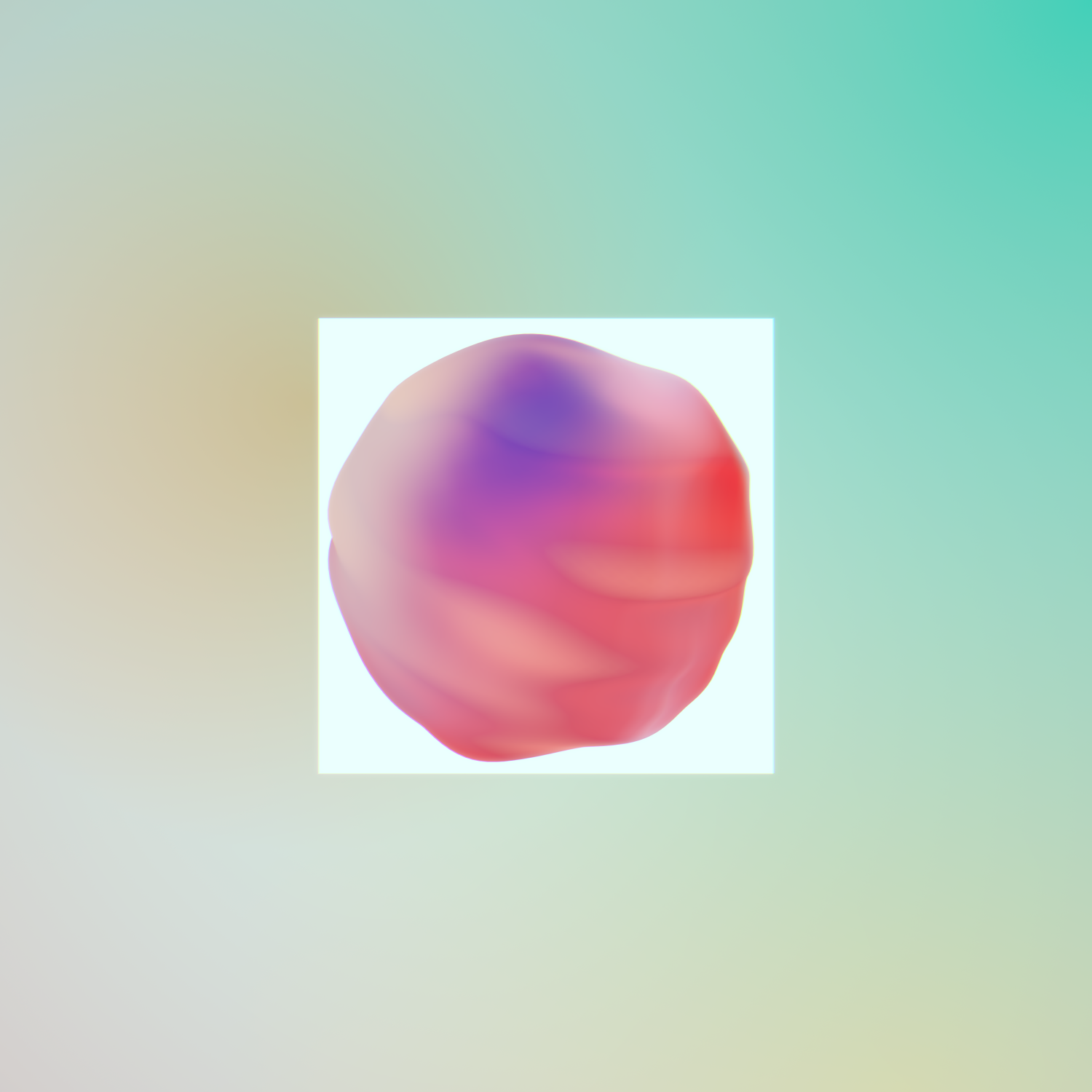The Generattive Aart Museum will keep spreading the word about generative art and pursuing talent to create new shows that puts the focus on triggering new emotions in everyone looking at them.
The number of artists and amount of creativity we see in this space can be overwhelming sometimes, but it is just a proof of what we can do as humans.
Our old beliefs about work, family and how this connects is rapidly evolving into a more self-respectful and more meaningful way of life where the trend is to pursue a more balanced equilibrium between personal and professional life.
"Georg Nees: Computergrafik" was the first exhibition world-wide of graphic works algorithmically generated by a digital computer at the Siemens company in Erlangen (Germany). At TGAM we wanted to celebrate this first event by paying tribute to the pioneers that saw the potential of generative art.
The works Georg Ness had on display were generated by a digital computer properly programmed. Only a few years later, Georg himself began to call his works generative Computergrafik (also the title of his doctoral dissertation).
A number of artist-professors from the Stuttgart Staatliche Akademie der Bildenden Künste attended the opening. One of them asked Georg Nees whether he could make his computer (a program) to draw the same manner the artist was drawing. Nees answer is a classic. After a short hesitation he replied: "Yes, of course, I can do this. Under one condition: you must tell me how you draw". In the ensuing irritation, Max Bense spontaneously coined the word "Artificial Art".
This interesting interaction between two concepts of art emphasizes on the blurry distinction of what we understand as art and how technology creates new paths for artists to explore. Although the use of autonomous machinery to create art has been present before computers, the personal computer is definitely the first tool that disrupts the scene and creates an endless box of possibilities.
Artists around the world have embraced the technology and computers for many purposes, not only the art itself, but to improve the process, the trial and error flow, and the distribution of art among many other things.
"Computergrafik" issue of the TGAM celebrates exactly that: the arrival of art to computers, and everything that this entails to the world of art and artists: a new era that empowers artists and collectors like we\'ve never seen before. The event will take place from April 1 till June 30.
As the digital art space evolves all roles in the ecosystem seem to slowly find their place and accomodate to it. Truth is that at the moment of writing this, the global vibes aren\'t the best for creative processes and art to arise. Multiple armed conflicts plague our way of life and endanger the future talents of this generation.
So get out there, experience new stuff, visit some galleries and get the most out of each moment, because each day is a 1/1.
Metaverse can also be a place to reduce emissions, leveraging new virtual reality technology to avoid unnecessary meetings, planes and commutes around the world.
The excessive usage of the resources of our physical existence is making the current time a stressful place to live in. Whether we like it or not, we are all responsible for leaving a place to live for future generations. Technology will play an important role to fight against the global warming and other not so silent challenges. Art will be a driving force to lead new and sustainable attitudes where preserving our environment must be at the core.
Charles Darwin once wrote "Intelligence is based on how efficient a species became at doing the things they need to survive", and once again, the human species needs to change in order to survive.
A lot has been said about how the technology will provoke millions of job positions to end. While it may be true, it is part of our evolution and the continuing need to adapt.
Computergrafik is important because it symbolizes a moment in time were some visionaries started to play with the concept of art and machines. This idea is quite settled in our times, but it must have been quite a change for some old school mentalities.
So here we are, once again, with a new edition of our exhibition to showcase the best generative art around.
TGAM believes that the only cure to prevent this is to keep spreading the word about art, which means keep spreading beautiful and inspiring work, and that we refuse to believe it could be the wrong move to do.
Past Exhibitions:






